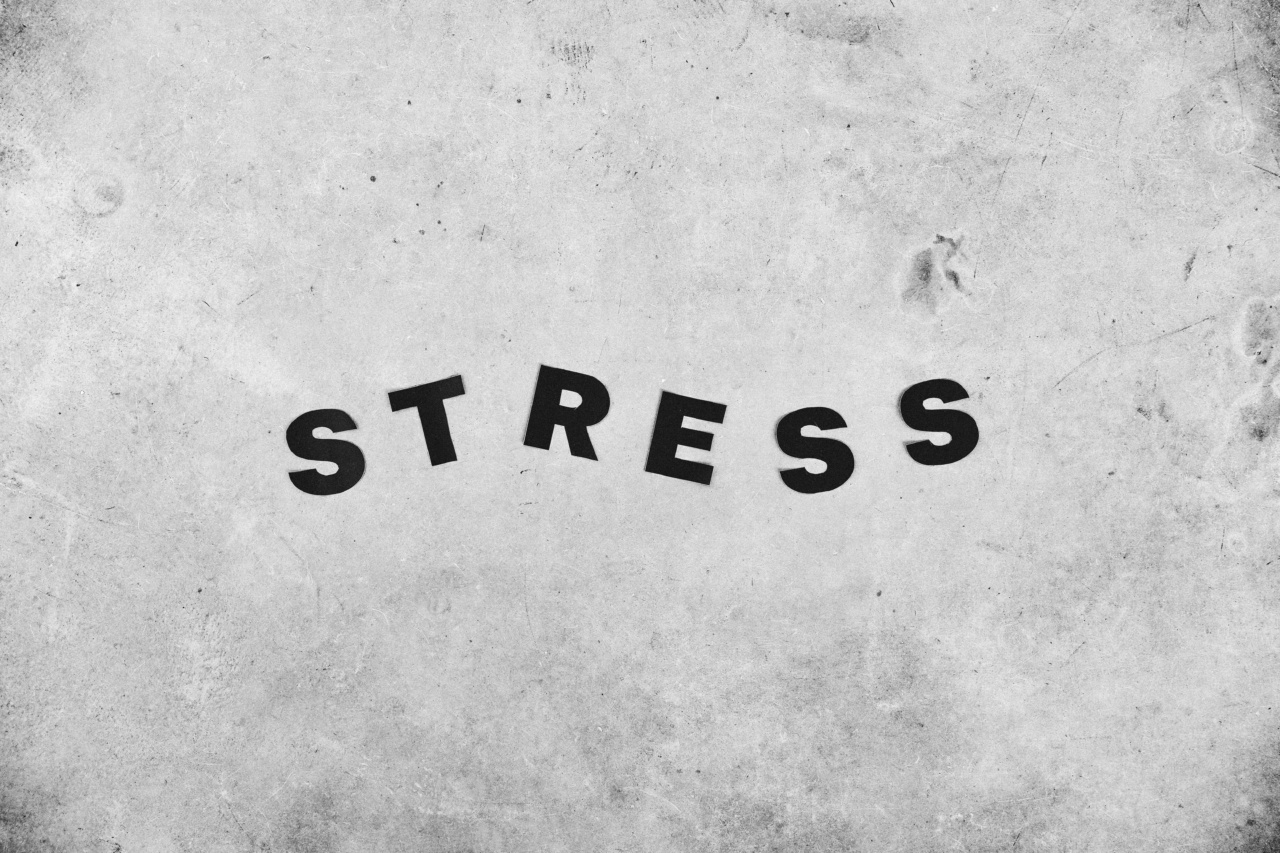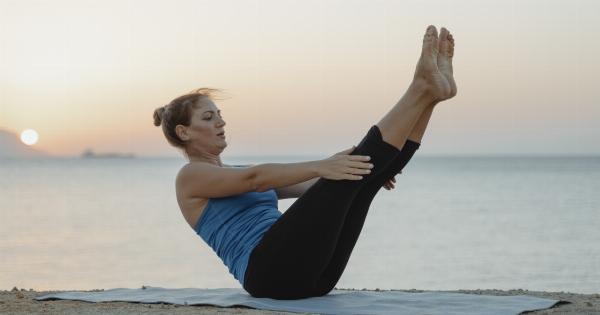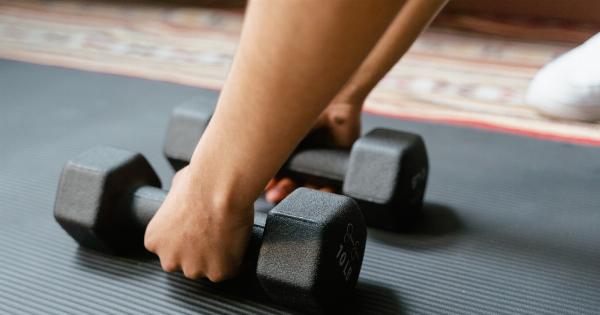High blood pressure, or hypertension, is a common health problem affecting millions of people worldwide.
It occurs when the force of blood pushing against the walls of your arteries is consistently too high, leading to a range of health issues, including heart disease, stroke, and kidney disease.
The good news is that many lifestyle changes can significantly lower blood pressure, including regular exercise.
In this article, we’ll explore five simple exercises that can help you lower your blood pressure, improve your overall health, and reduce your risk of cardiovascular disease.
1. Brisk Walking
Brisk walking is a low-impact aerobic exercise that can help lower your blood pressure. According to the American Heart Association, walking for as little as 30 minutes a day can lower your blood pressure by up to 4-9 mm Hg.
To get the most benefit from walking, aim for a brisk pace that raises your heart rate and makes you slightly breathless.
You don’t need any special equipment to start walking; just lace up your sneakers and head outside. If the weather is bad, you can always walk on a treadmill, use a home exercise bike, or take a fitness class.
The key is to make walking a daily habit and gradually increase the duration and intensity of your walks over time.
2. Cycling
Cycling is another low-impact exercise that can help lower blood pressure. It’s a great way to strengthen your heart and lungs, improve your circulation, and burn calories.
According to a study published in the British Journal of Sports Medicine, cycling can lower blood pressure by up to 11/8 mm Hg.
Whether you prefer cycling outside or indoors on a stationary bike, aim for at least 30 minutes of cycling a day, or more if you can. Start slowly and gradually increase the intensity and duration of your rides over time.
Also, make sure to wear a helmet and follow basic safety rules, especially if you cycle on busy roads or in traffic.
3. Swimming
Swimming is a low-impact exercise that works out your whole body and can help lower blood pressure.
According to a study published in the American Journal of Cardiology, swimming can lower systolic blood pressure (the top number) by up to 9 mm Hg and diastolic blood pressure (the bottom number) by up to 6 mm Hg.
To get the most benefit from swimming, aim for at least 30 minutes of swimming at a moderate pace, or more if you can. You can swim in a pool, lake, or ocean, or even try water aerobics or aqua jogging.
Just make sure to wear proper swimwear and follow basic safety rules, especially if you swim in open water.
4. Yoga
Yoga is a gentle form of exercise that can help reduce stress, improve flexibility, and lower blood pressure.
According to a study published in the Journal of Human Hypertension, practicing yoga for at least 12 weeks can lower systolic blood pressure by up to 26 mm Hg and diastolic blood pressure by up to 15 mm Hg.
Yoga poses that are particularly beneficial for reducing blood pressure include the relaxation pose, the bridge pose, the shoulder stand, and the fish pose.
You can take a yoga class, watch an online tutorial, or practice at home with a yoga mat and some comfortable clothing.
5. Strength Training
Strength training is a type of exercise that involves working out your muscles using resistance, such as weights, resistance bands, or your own body weight.
It can help reduce blood pressure by making your heart and blood vessels more efficient and improving your overall cardiovascular health. According to a study published in the Journal of Strength and Conditioning Research, strength training can lower systolic blood pressure by up to 8 mm Hg.
To get the most benefit from strength training, aim for at least two sessions per week, working out all major muscle groups, including your chest, back, legs, arms, shoulders, and core.
Start with light weights or resistance and gradually increase the weight or resistance over time. You can do strength training at a gym, at home, or with a personal trainer.
Conclusion
If you have high blood pressure, exercise can be a great tool in your arsenal for managing this condition.
Brisk walking, cycling, swimming, yoga, and strength training are all effective forms of exercise that can help lower blood pressure, improve your cardiovascular health, and reduce your risk of heart disease and stroke. Start with one or more of these exercises today, and gradually incorporate others as you build your fitness level.

























